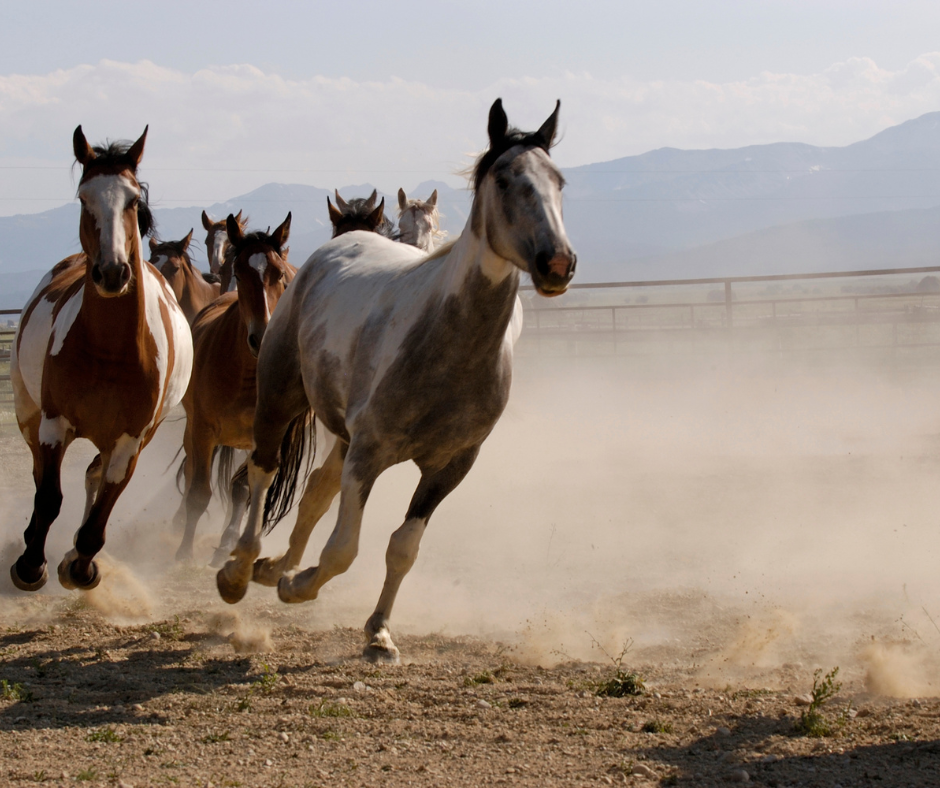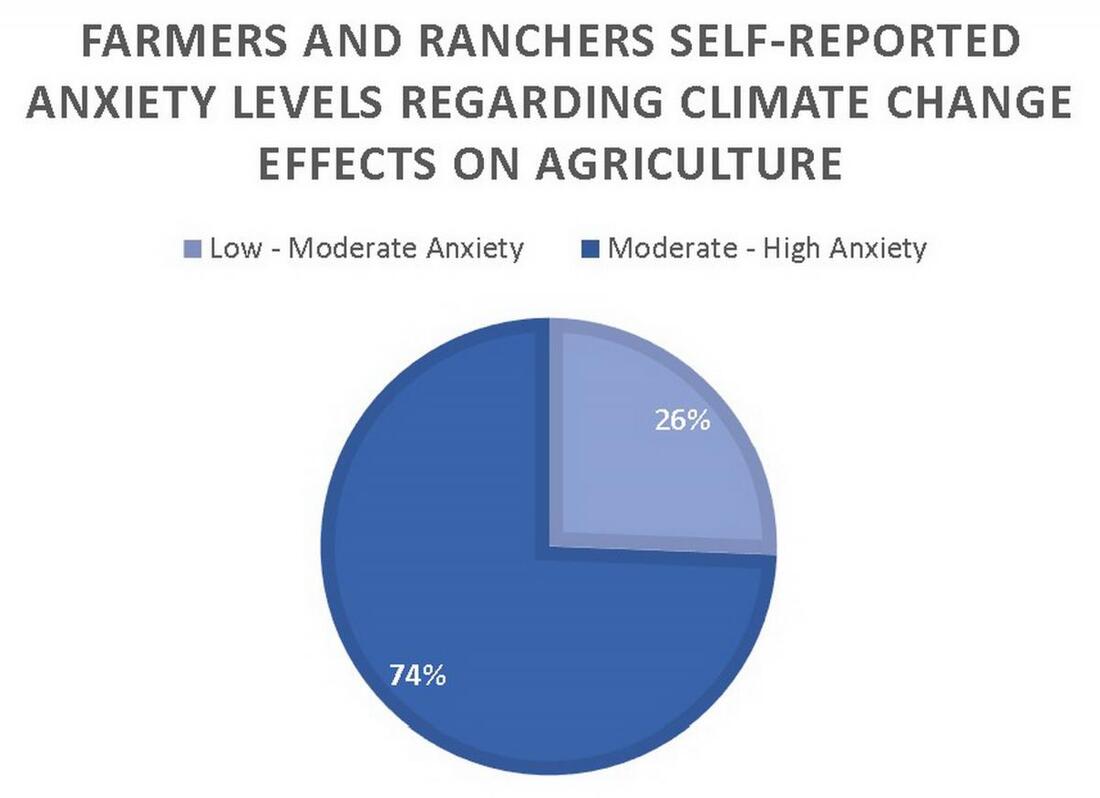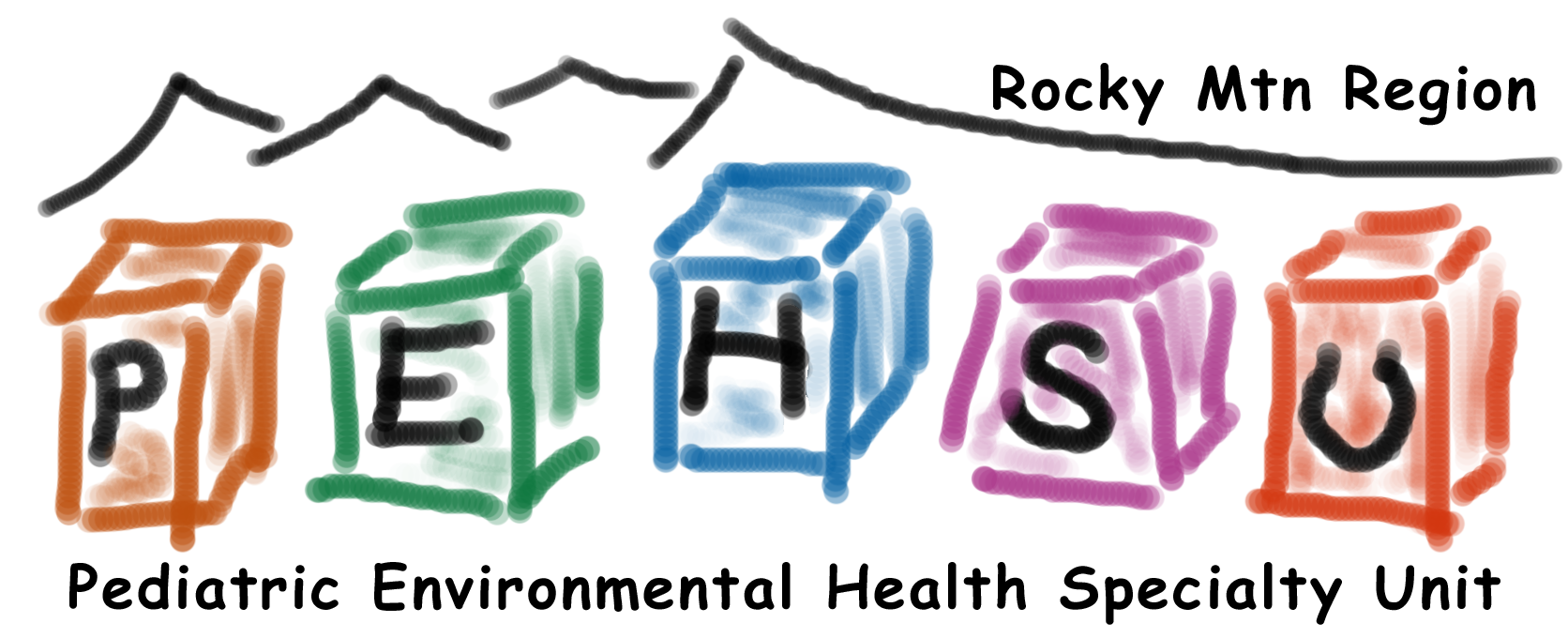Drought is common in Montana, and has some surprising health effects. Luckily, there are many things you can do to protect your health and our environment during droughts.
We've sorted information for patients and providers below.
We've sorted information for patients and providers below.
Patients
What stage of drought are we in?
There are four stages of drought: D0 (abnormally dry) through D4 (exceptional drought). The Missouri River Basin *Drought Early Warning (DEW) System keeps track of this for every county in Montana.
As well as keeping tabs on the weather with meteorological data, the National Integrated Drought Information System (NIDIS) keeps track of what people like you are noticing. You can help with drought research right now by sharing your local drought conditions to the National Drought Mitigation Center. You don't need to know any specific rainfall numbers or data, just your own experiences.
How does drought affect health?
WATER
Water that’s usually flowing can shrink to a stagnant pool during drought. This is the perfect habitat for mosquitos, who carry diseases, and blue-green algae, which can poison water. When water evaporates, pollutants also get more concentrated.
Make sure to cover up when near mosquito habitat and wear insect repellent. When possible, remove standing water near your home.
How to spot cyanobacteria (also called blue-green algae):
To prevent algae blooms near your home, use only phosphorous-free fertilizer and limit your use. |
AIR
Dust and smoke get worse during droughts. Studies show more deaths from lung problems, especially in older folks and children. Rural areas are hit hardest by these health problems.
You can always check your local air quality on AirNow.gov. They have an app, too, and many fire departments and libraries fly the air quality flags. If your air is unsafe from dust or wildfire smoke, avoid being outside when you can, and wear an N95 mask when you can't. Being in an enclosed cab with filtered A/C is also better for you than being exposed (source). Our Wildfire Smoke page also has instructions for how to make a DIY air filter for your home. |
MIND
It’s normal for drought to cause distress - nearly 3/4 of Montana’s farmers and ranchers report feeling this way.
The good news is, you have resources - both financial and emotional. Montana Drought Management has collected info and financial assistance programs for you at drought.mt.gov/resources.
Reach out to your friends and neighbors and talk to each other (studies agree that this will keep your spirits up during drought). Of course, if you're losing sleep, a therapist is also a great resource. Psychology Today has a great therapist finder. |
Providers
Download our patient handout and floor banner below:
|
| ||||||||||||
Drought affects the entire body.
Mental Health74% of Montana farmers and ranchers in one survey reported experiencing moderate to high levels of anxiety over the effects of climate change on their mental health (Howard et al, 2020). This was often attributed to financial impacts, especially due to drought. Strategies to cope with this stress include social connection, crop diversification, and financial assistance (Caldwell & Boyd, 2009).
Multiple studies have found a 15% increase in suicide rates for working age men during severe drought; it is a potentially deadly natural disaster happening slowly (Hanigan et al, 2012, Berman et al, 2017). |
RespiratoryDust is a major respiratory concern during drought, especially in eastern Montana where summer tillage exacerbates dust issues (Gage et al, 2016). Wildfires are also more common during drought. For more on wildfire smoke, see our Wildfire page.
|
Cardiac
Drought is linked to higher cardiovascular mortality rates in the Northern Rockies (Gwon et al, 2024). Suggested causes for this link include the rural nature of the area, the exposure to poor air quality due to dust, and the relatively high number of geriatric individuals in our region.
|
Infectious Disease
Droughts encourage standing water, leading to greater mosquito populations. This is likely to lead to more cases of West Nile Virus in Montana (Adams et al, 2021). Dust-related diseases like coccidioidomycosis are also more common during drought (Head et al, 2022).
|
Injuries
Some injuries caused by drought are obvious - previously safe diving spots become unsafe when water tables are lower. Other injuries are more unexpected: dry seasons lead to higher nitrates in corn. When corn is harvested in silos, it breaks down into NO2. This has occasionally led to hospitalizations (Stanke et al, 2013).
|
Risk factors
|
Many thanks to our sponsors for making this page possible:







